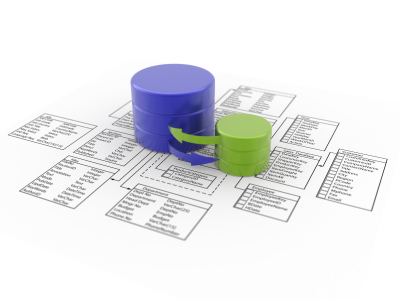A Database management system (DBMS) is software designed to manage and maintain large quantities of data. The DBMS serves as the mediator between the user and the database. The database structure itself is stored as a collection of files. The data in these files can only be accessed through the DBMS. A single, integrated view of the data in the database is shown to the user by the DBMS. All application requests received by the DBMS are translated into complex operations required to fulfill these requests. The database’s internal complexity is hidden by the DBMS from the application programs and users.… Read the rest
Database Management Systems
The Difference Between Traditional File Systems and DBMS
File-based systems were an early attempt to computerize the manual filing system. File-based system is a collection of application programs that perform services for the end-users, such as updating, insertion, deletion adding new files to database etc. Each program defines and manages its data.
When a computer user wants to store data electronically they must do so by placing data in files. Files are stored in specific locations on the hard disk (directories). The user can create new files to place data in, delete a file that contains data, rename the file, etc which is known as file management; a function provided by the Operating System (OS).… Read the rest
Important Features of Database Systems
A major feature of a database system is to provide users with an abstract view of data i.e. the system hides certain details of how data is stored and maintained.
1) Data AbstractionData abstraction is the property of showing only the necessary details to a user and hides the rest of the details from that user. Since many database system users are not computer trained, developers hide the complexity from users through several levels of abstraction, to simplify user’s interactions with the system.
- Physical level – This level describes how data is actually stored in the database.
- Logical level — This level what data are stored in the database and what relationship exist among those data.
Introduction to Database Concepts
A database is a collection of related data. By data, we mean known facts that can be recorded and that have implicit meaning. For example, consider the names, telephone numbers and addresses of the people we know.
A Database Management System (DBMS) is a collection of inter-related data and a set of programs to access those data. The primary goal of a DBMS is to provide an environment that is both convenient and efficient to use in retrieving and storing database information. DBMS is a general purpose software system that facilitates the processes of defining, constructing, manipulating and sharing databases among various users and applications.… Read the rest

